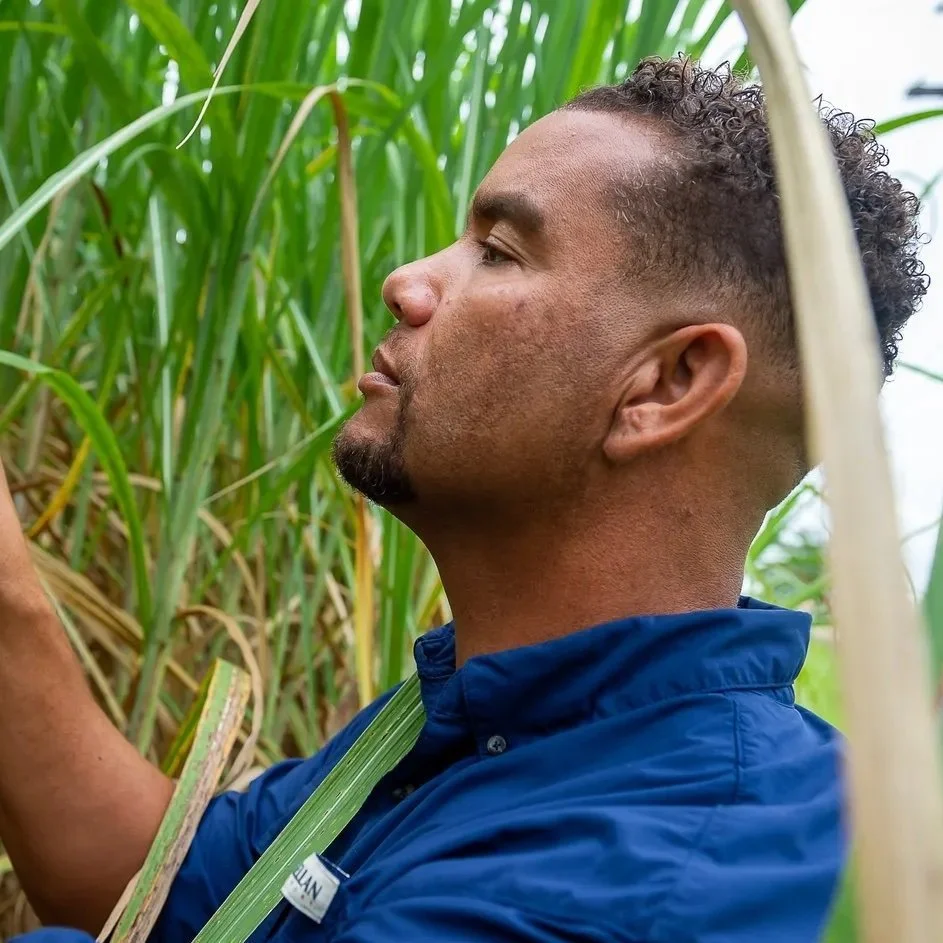The current U.S. cotton production forecast is 13.13 million bales. The forecast is expressed in standard 480-pound bale equivalents (or statistical bales). Actual physical bales (or running bales) tend to weigh closer to 500 pounds, so analysts typically use conversion factors following USDA, e.g., 1.0275 statistical bales for every running bale.
Read MoreAs Congress careens toward a possible budget stalemate and government shutdown, a bipartisan group of lawmakers from California has agreed on something – a disaster relief bill for farmers.
Read MoreU.S. Secretary of Education Miguel Cardona and U.S. Secretary of Agriculture Thomas Vilsack sent letters to 16 governors emphasizing the over $12 billion disparity in funding between land-grant Historically Black Colleges and Universities (HBCUs) and their non-HBCU land-grant peers in their states.
There are HBCU land-grant institutions in 18 states; however, Delaware and Ohio have equitably funded their respective universities.
Read MoreThe Community Food Project Competitive Grants Program is intended to bring together stakeholders from distinct parts of the food system and to foster understanding of national food security trends and how they might improve local food systems. Understanding that low-income individuals experience disproportionate access to healthy foods, projects are intended to address food and nutrition insecurity, particularly among our nation’s most vulnerable populations.
Read MoreU.S. Secretary of Agriculture Tom Vilsack declared 11 Louisiana parishes as primary natural disaster areas due to drought. Vilsack informed Louisiana Governor John Bel Edwards of the declarations in a letter dated September 6, 2023.
Read MoreAccording to the National Agricultural Statistics Service in Louisiana, there were 5.6 days suitable for fieldwork for the week ending Sunday, September 10, 2023. Topsoil moisture supplies were 45 percent very short, 36 percent short, 19 percent adequate, and 0 percent surplus.
Read MoreLouisiana corn for grain production is forecast at 119 million bushels, up 25 percent from the August 1 forecast and up 61 percent from 2022. Based on conditions as of September 1, yield is expected to average 175 bushels per acre, up 6 bushels from last month and up 5 bushels from last year. Planted acreage is revised to 700,000 acres, up 120,000 acres from June 2023. Harvested acreage for grain is revised from 565,000 to 680,000 acres.
Read MoreU.S. sugar output in the new season starting in October will be less than previously projected due to a widespread drought in Louisiana, the No. 1 producing state, the U.S. Department of Agriculture (USDA) said on Tuesday.
The USDA slashed its projection for Louisiana in 2023/24 by 18% to only 1.68 million short tons (ST).
Read MoreAfter decades of racist discrimination in farm loans, farmers have a couple of months to request some level of restitution. Applications for the federal Discrimination Financial Assistance Program are due Oct. 31.
The program is not restricted to Black farmers and ranchers: It’s open to people who were discriminated against due to a variety of characteristics.
Read MoreOn July 26, 2023, the Arkansas State Executive Director of the Farm Service Agency (FSA), U.S. Department of Agriculture (USDA), requested a primary county disaster designation for seven counties in Arkansas due to losses caused by excessive rain, hail, high winds, lightning, and tornadoes that occurred during June 7 through July 14, 2023.
In accordance with Section 321(a) of the Consolidated Farm and Rural Development Act, additional areas of Louisiana are named as contiguous disaster counties.
Read MoreLouisiana NRCS Conservation Update
Read MoreThis report contains the results from the 2023 Cash Rents Survey. These data are also posted online at https://www.nass.usda.gov/la. Thanks to all who responded to this survey.
Read MoreThe USDA’s Farm Service Agency (FSA) announced it is updating the Livestock Indemnity Program (LIP) payment rate to support livestock producers in the Midwest who have lost cattle to the extreme heat and humidity experienced this summer. To help indemnify ranchers to reflect a trend towards higher cattle weights in feedlots, the 2023 LIP payment rate for beef calves over 800 pounds will increase from $1244 per head to $1618, an increase of $374.
Read MoreLouisiana rough rice stocks in all positions on August 1, 2023, totaled 2.14 million cwt, down 20 percent from August 1, 2022.
Read MoreThe U.S. Department of Agriculture (USDA) Commodity Credit Corporation (CCC) announced today that it does not expect to purchase and sell sugar under the Feedstock Flexibility Program for crop year 2022, which runs from Oct. 1, 2022, to Sept. 30, 2023.
Read More













